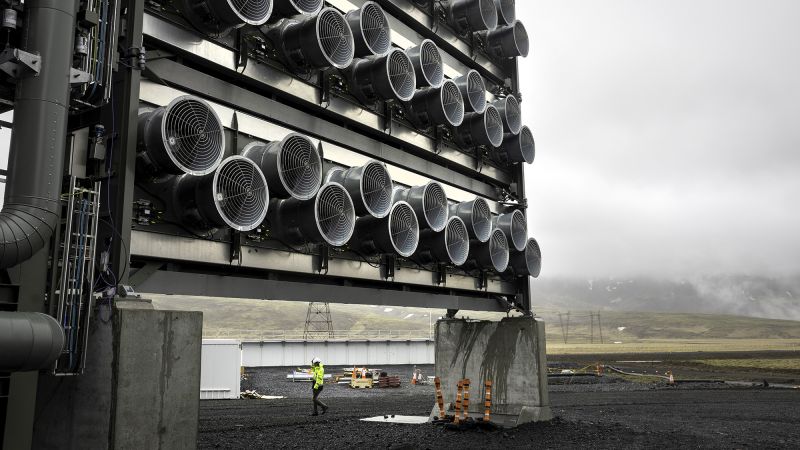Resilient Power Grid: How Cutting-Edge Tech is Protecting North Carolina from Storms

The Growing Threat of Storms
North Carolina is no stranger to severe weather. Hurricanes, tropical storms, and even intense thunderstorms routinely threaten the state's infrastructure, particularly its power grid. The impact of these storms can be devastating, leading to widespread outages, economic disruption, and significant hardship for residents. Historically, restoring power after these events has been a complex and lengthy process. However, Duke Energy is actively changing that narrative.
Investing in Resilience: A Technological Transformation
Recognizing the escalating risks, Duke Energy has made substantial investments in modernizing and strengthening the power grid. This isn't simply about replacing old equipment; it's about embracing a suite of advanced technologies designed to anticipate, mitigate, and rapidly respond to storm impacts.
Key Technologies Driving Grid Resilience:
- Advanced Grid Monitoring: Duke Energy is deploying a network of smart sensors and sophisticated analytics to provide real-time visibility into grid conditions. This allows operators to identify potential vulnerabilities and proactively address issues before they escalate into outages. These sensors monitor everything from voltage and current to weather conditions, providing a comprehensive picture of the grid's health.
- Proactive Vegetation Management: Trees falling on power lines are a leading cause of outages during storms. Duke Energy is employing LiDAR (Light Detection and Ranging) technology and advanced modeling to identify and mitigate vegetation risks along power lines. This includes targeted tree trimming and removal programs, significantly reducing the likelihood of storm-related outages.
- Undergrounding Power Lines: While a significant undertaking, undergrounding power lines offers the most robust protection against wind and falling debris. Duke Energy is strategically undergrounding lines in areas most vulnerable to storms, a process that drastically improves reliability.
- Microgrids and Distributed Generation: The concept of microgrids – localized energy grids that can operate independently from the main grid – is gaining traction. Duke Energy is exploring and implementing microgrid solutions to provide backup power to critical facilities like hospitals and emergency services during storms. Distributed generation, such as solar panels and battery storage, further enhances grid resilience by diversifying energy sources.
- Enhanced Storm Prediction and Response: Duke Energy is collaborating with meteorologists and utilizing advanced weather forecasting models to better predict storm paths and intensity. This allows for proactive deployment of crews and resources to areas most likely to be affected. Post-storm, drone technology is being used to quickly assess damage and identify areas needing repair.
Beyond Technology: A Collaborative Approach
While technology is a crucial component, Duke Energy recognizes the importance of collaboration. They work closely with state and local governments, emergency responders, and community organizations to ensure a coordinated response during storms. Public awareness campaigns educate residents about storm preparedness and safety.
Looking Ahead: A More Resilient Future
Duke Energy's commitment to grid modernization and resilience is an ongoing process. As climate change continues to increase the frequency and intensity of storms, these investments will be crucial in protecting North Carolina's power supply and ensuring the safety and well-being of its residents. The integration of even more advanced technologies, such as artificial intelligence and machine learning, promises to further enhance the grid's ability to withstand future challenges.





